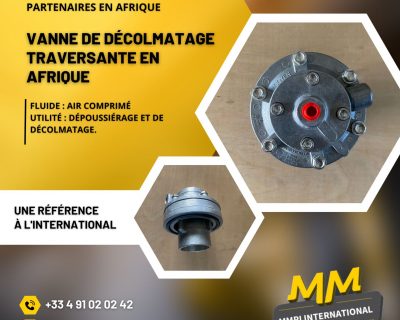Actualités

4 Tips for Better Pump Efficiency
- Conduct Energy Audit
Perform an energy audit to discover the actual cost of the operation. By knowing what can be optimize and improve, this can result in better energy efficiency, less maintenance, less downtime and of course, lower operating costs.
- Routine Maintenance
Having a routine maintenance can reduce energy consumption. Just like any other equipment, wear can reduce efficiency. Pump maintenance is crucial as increased wear will also increase the pump power requirements to produce the same flow. A pump’s energy efficiency can degrade as much as 10-25% before it’s replaced.
- Usage of Gauge
Gauges serve is usually place in both the suction and discharge side of the pump and they serve as an early warning of wear or poor performance caused by blockage or system anomalies. When there is a low discharge pressure, it could signify wear on internal pump components, leading to reduced efficiency. Therefore, it serves as an indicator, and must be monitored to identify if readings are beyond the established limits
- Proper size pump for the application
A pump should be selected than can be run as close to its Best Efficiency Point as possible. It is essential to design a pump that fits the application, whether it is for a new system or replacing a pump in an existing system. Avoid oversizing the pump during specification to cater for any uncertainties in the design process than what is actually required.




